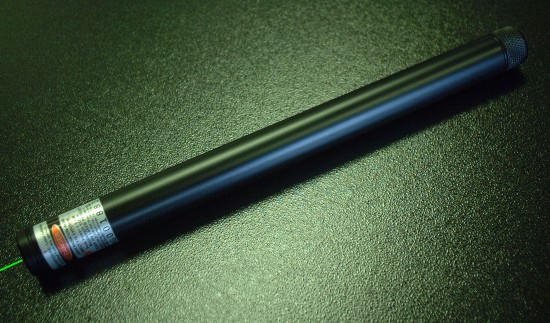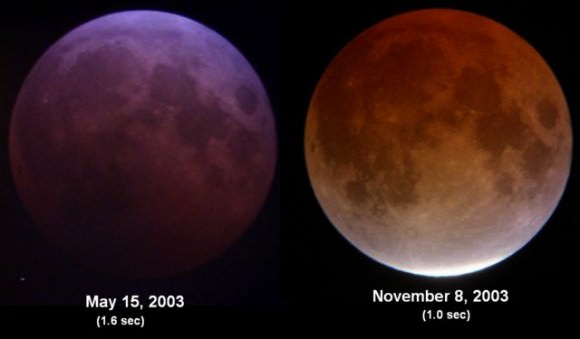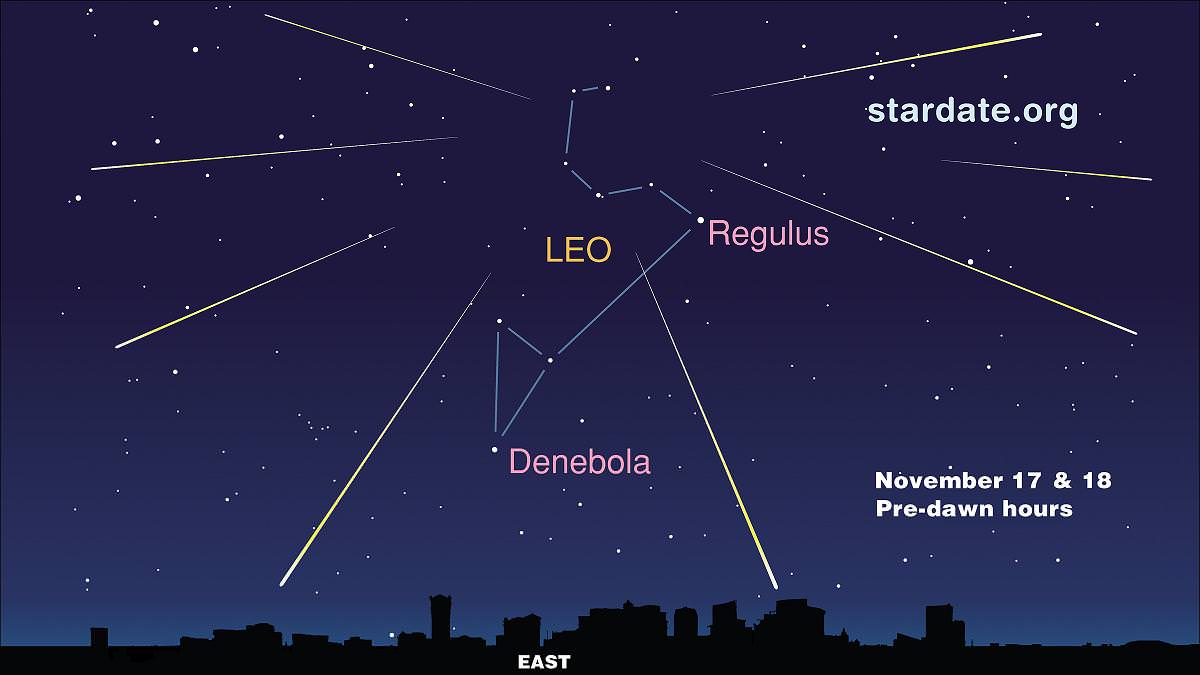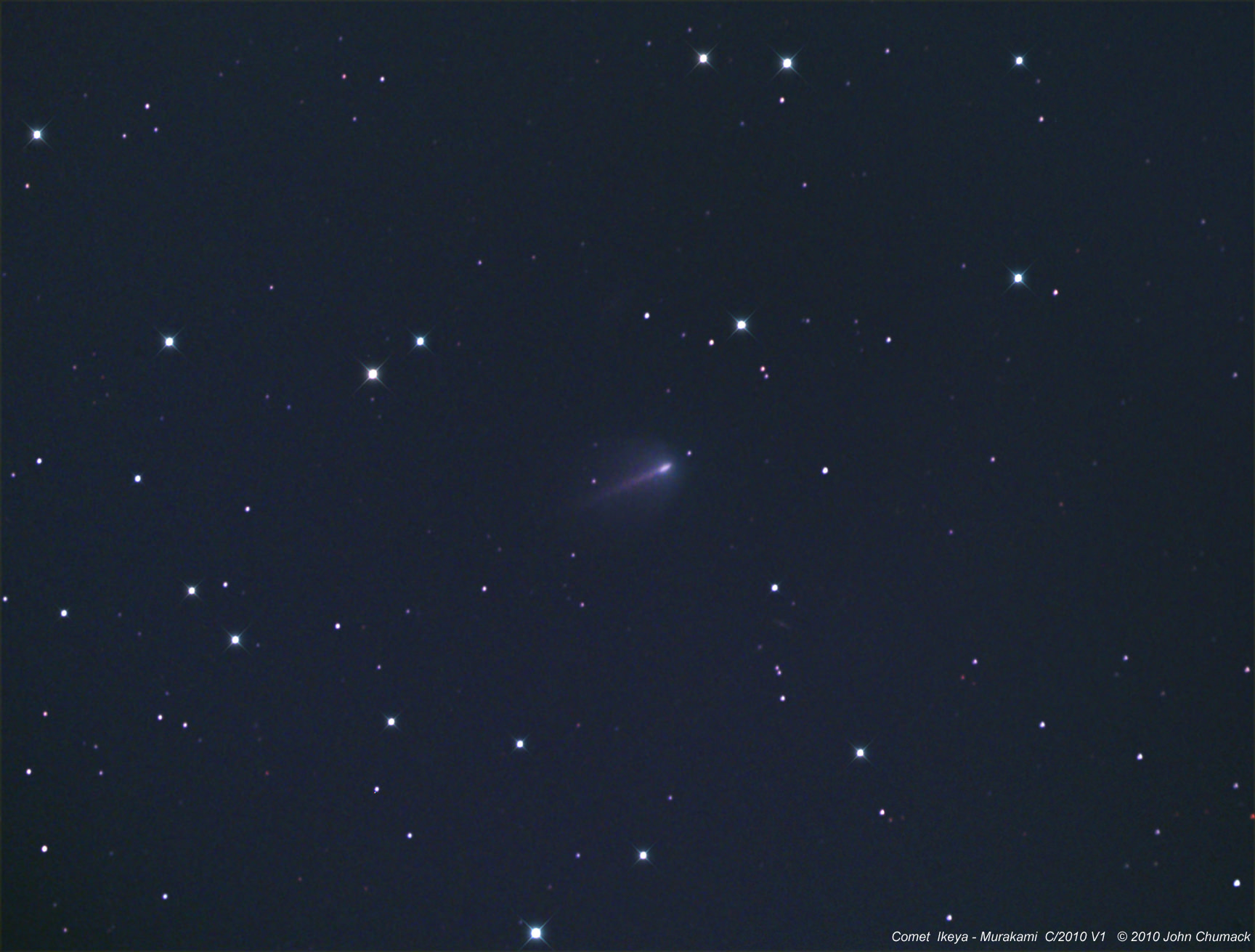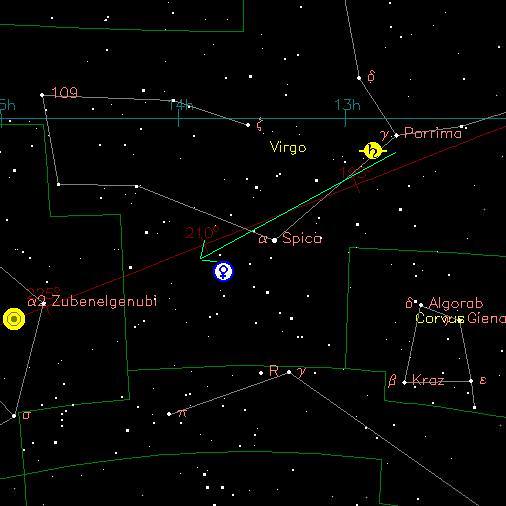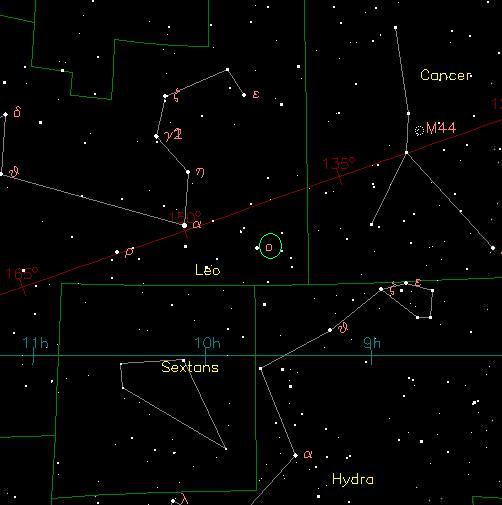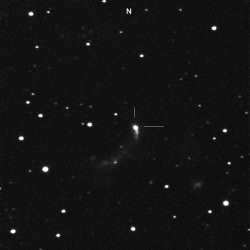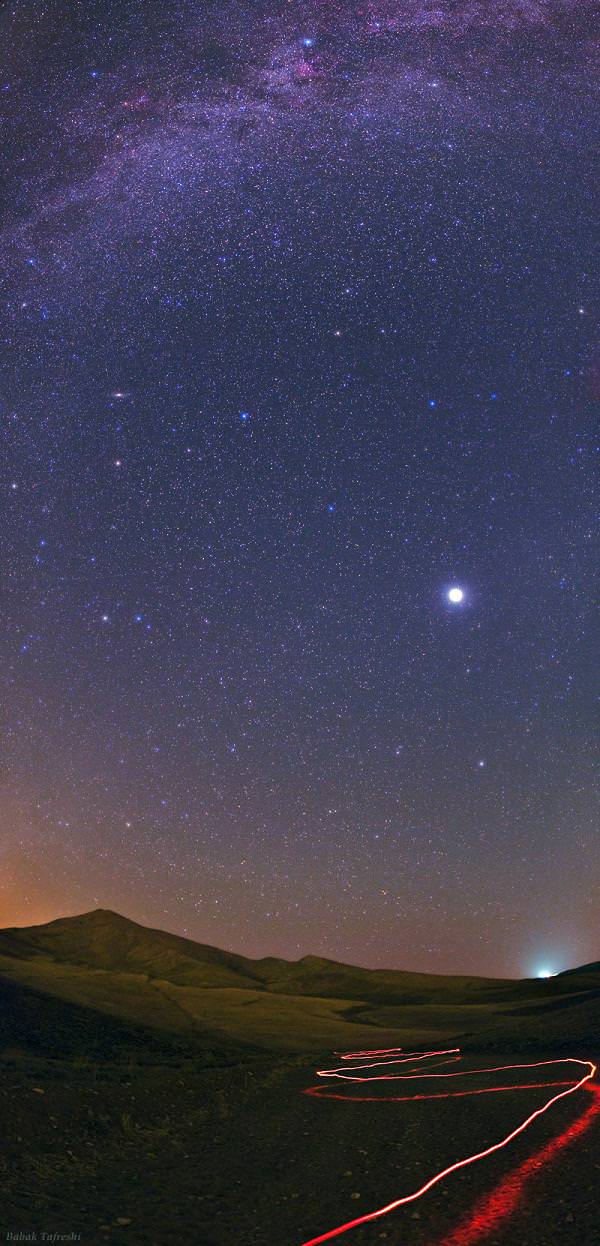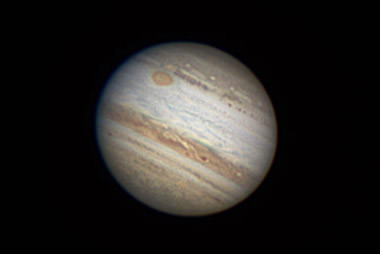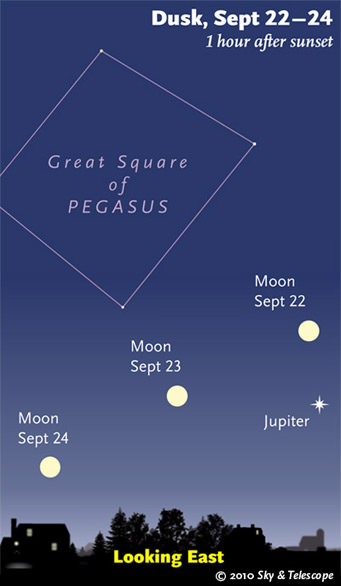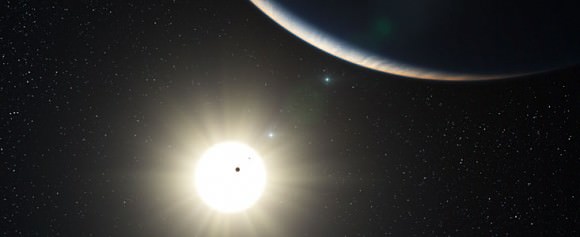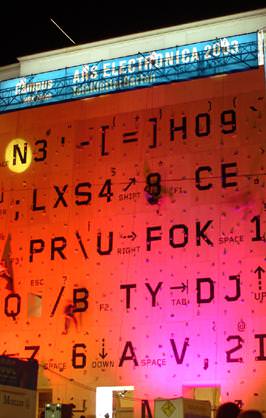Are you among the thousands of amateur astronomers who received a green laser pointer for Christmas and are a bit afraid to take it out of the box? Do the words “You’ll put your eye out.” ring in your head? Like you, I have a green laser pointer… and I’ve accidentally shot myself in the eye. To make matters worse, I’ve even had others inadvertently use my retina as a target. Have I gone blind yet?
The answer is no. But I have gotten a nasty headache and had the “flash bulb” effect for a few hours. It’s true that green lasers aren’t toys, but the reality check is that you really need to mind your manners when using one. “With respect to direct personal danger, potential damage to vision is the only real consideration – there is no risk from radiation or enough power in a beam of less than 5 mW to burn anything. However, from a public policy and regulatory perspective, there are actually three areas of concern.” says Samuel M. Goldwasser. “One – Flash blindness from momentary exposure or permanent damage to vision from prolonged intentional misuse. Laser pointers are usually rated Class IIIa or less which means that the power is low enough that the eye should be protected from permanent damage by natural pupil contraction, blink, and aversion reflexes. Two – Distraction and collateral damage – you wreck your car because someone pointed a laser pointer at you while you were driving. Three – Misinterpretation of intent – you get blown away by someone with a BIG gun who thinks you are targeting them with a laser sight. Or, you are arrested and thrown in the slammer for aiming a laser pointer at a cop (this happened recently).
 As Sam’s fine article on Laser Safety goes on to point out: “While I absolutely agree that intentionally aiming a laser of any kind into someone’s eye is basically stupid (unless you are having laser eye surgery), one must be careful in interpreting the meaning of press reports that describe momentary exposure to the beam from a laser pointer waved around an auditorium resulting in instant total loss of vision in all three eyes. One would have to direct the beam into the pupil of the eye from a close distance for a few seconds or more without either the eye or pointer moving, twitching, or blinking. Distance is significant both because even laser pointer beams diverge (especially cheap ones) so less energy is able to enter the pupil of the eye as the source moves further away and it is harder/less likely for it to remain stationary and centered on such a target a few mm across. This is not really possible by accident and even takes significant effort to do intentionally since the eye’s natural pupil contraction, blink, and aversion reflexes will prevent the beam from focusing on a single spot on the retina with a sufficient concentration of energy for more than an instant – not enough time for damage to result. There would have to be cooperation which can only really happen in a game of chicken – but it is hard to protect people from their own stupidity. This does mean, however, as if it isn’t already obvious, that laser pointers should be kept from infants – period, and away from children unless adequately supervised. Adults, on the other hand, presumably know not to stare into painfully bright lights and some may even read the warning labels!”
As Sam’s fine article on Laser Safety goes on to point out: “While I absolutely agree that intentionally aiming a laser of any kind into someone’s eye is basically stupid (unless you are having laser eye surgery), one must be careful in interpreting the meaning of press reports that describe momentary exposure to the beam from a laser pointer waved around an auditorium resulting in instant total loss of vision in all three eyes. One would have to direct the beam into the pupil of the eye from a close distance for a few seconds or more without either the eye or pointer moving, twitching, or blinking. Distance is significant both because even laser pointer beams diverge (especially cheap ones) so less energy is able to enter the pupil of the eye as the source moves further away and it is harder/less likely for it to remain stationary and centered on such a target a few mm across. This is not really possible by accident and even takes significant effort to do intentionally since the eye’s natural pupil contraction, blink, and aversion reflexes will prevent the beam from focusing on a single spot on the retina with a sufficient concentration of energy for more than an instant – not enough time for damage to result. There would have to be cooperation which can only really happen in a game of chicken – but it is hard to protect people from their own stupidity. This does mean, however, as if it isn’t already obvious, that laser pointers should be kept from infants – period, and away from children unless adequately supervised. Adults, on the other hand, presumably know not to stare into painfully bright lights and some may even read the warning labels!”
When it comes to green laser pointers, just remember to mind your manners. Accidentally getting “flashed” – or flashing someone else will make you look like one of the most horribly irresponsible astronomers known to mankind. Using a green laser pointer at a star party when someone is doing long exposure deep sky photography might also result in getting your tripod wrapped around your neck. At the same time, responsible use of a green laser pointer gives you an invaluable educational tool that’s as impressive as it is useful.
Just mind your manners…
If you’d like to know more about lasers and safety – from simple barcode scanners to your CD player and more – please visit Samuel M. Goldwasser’s Laser Safety pages. Also, many thanks to the HoTech Corporation for use of the photos.

